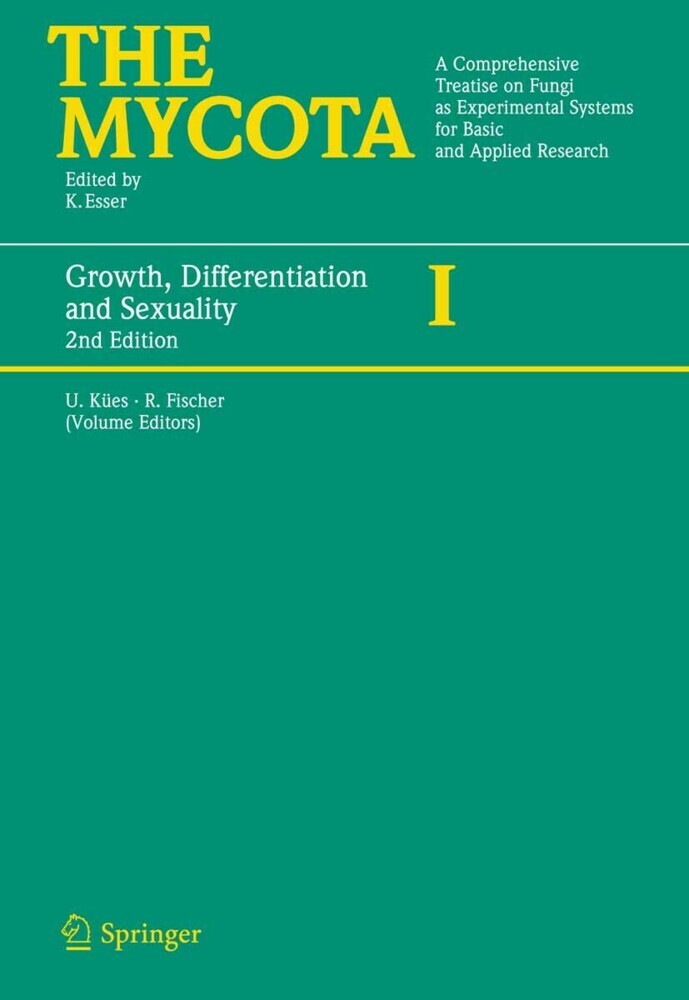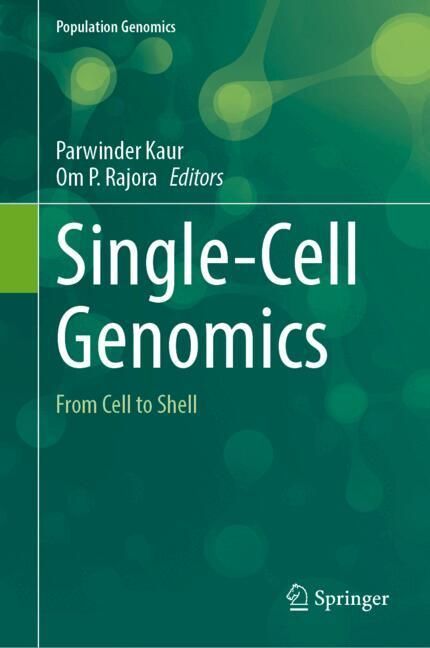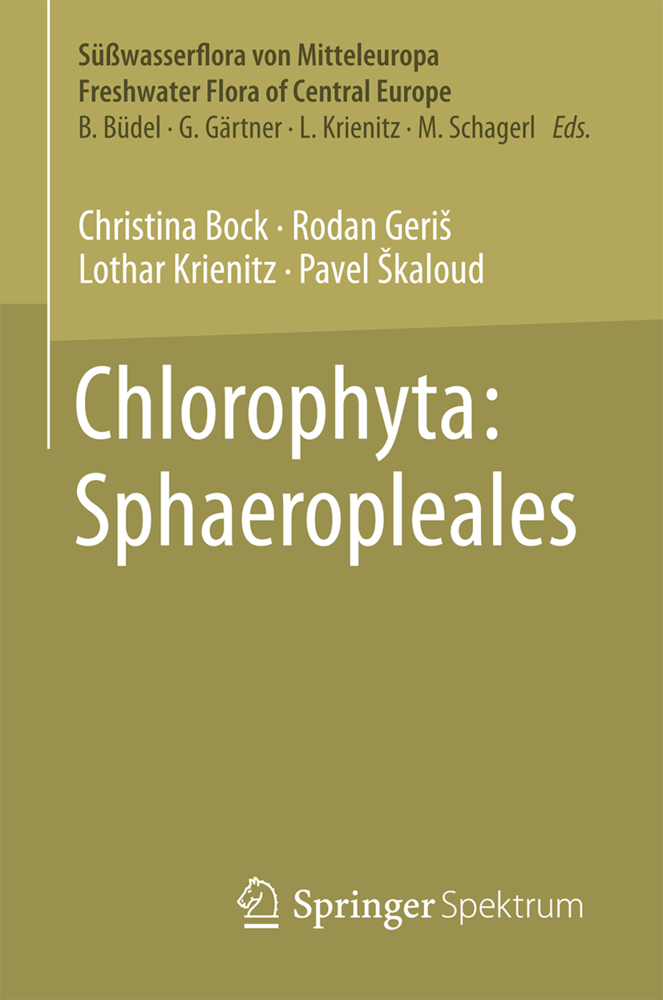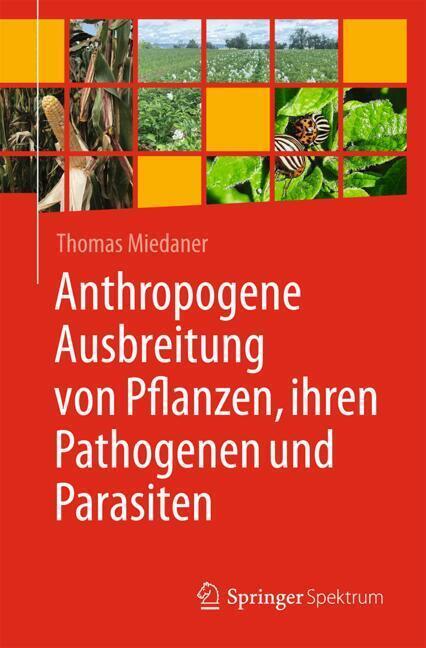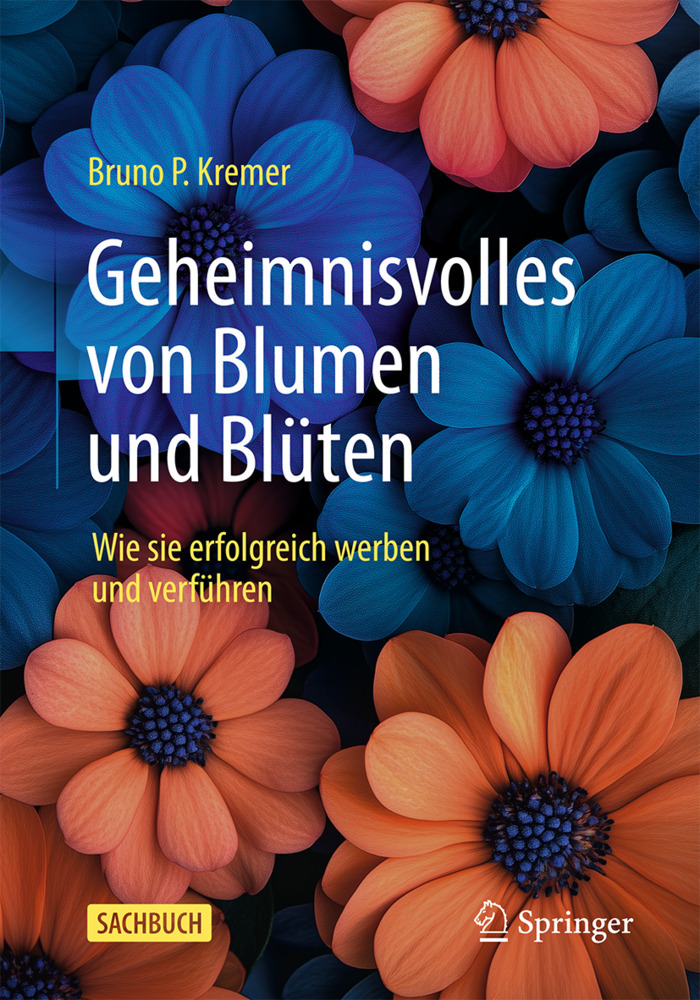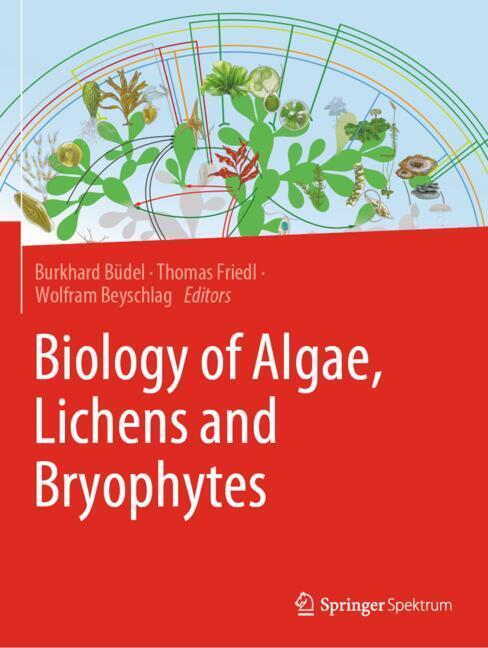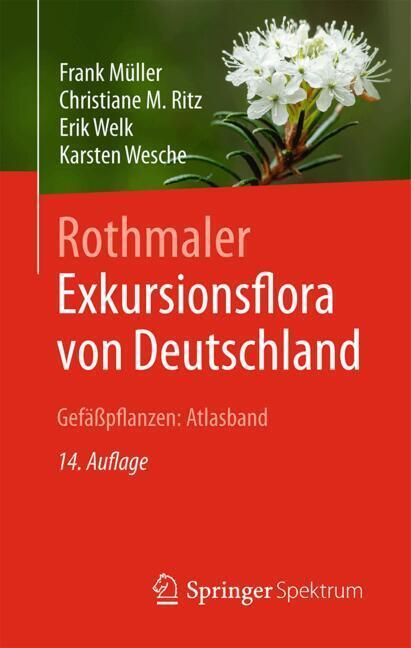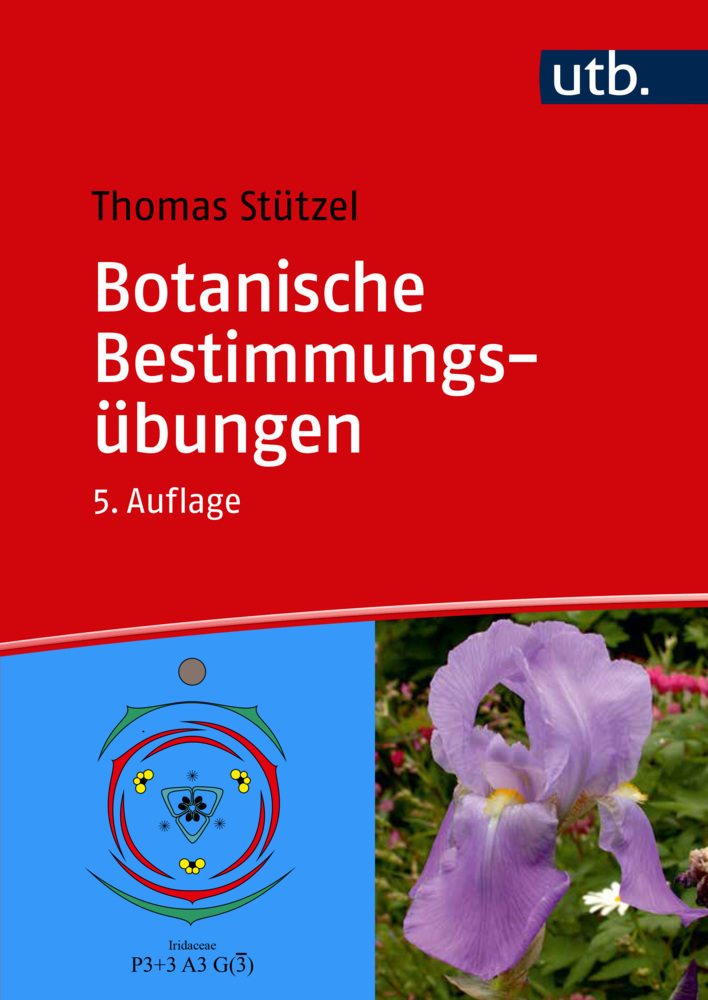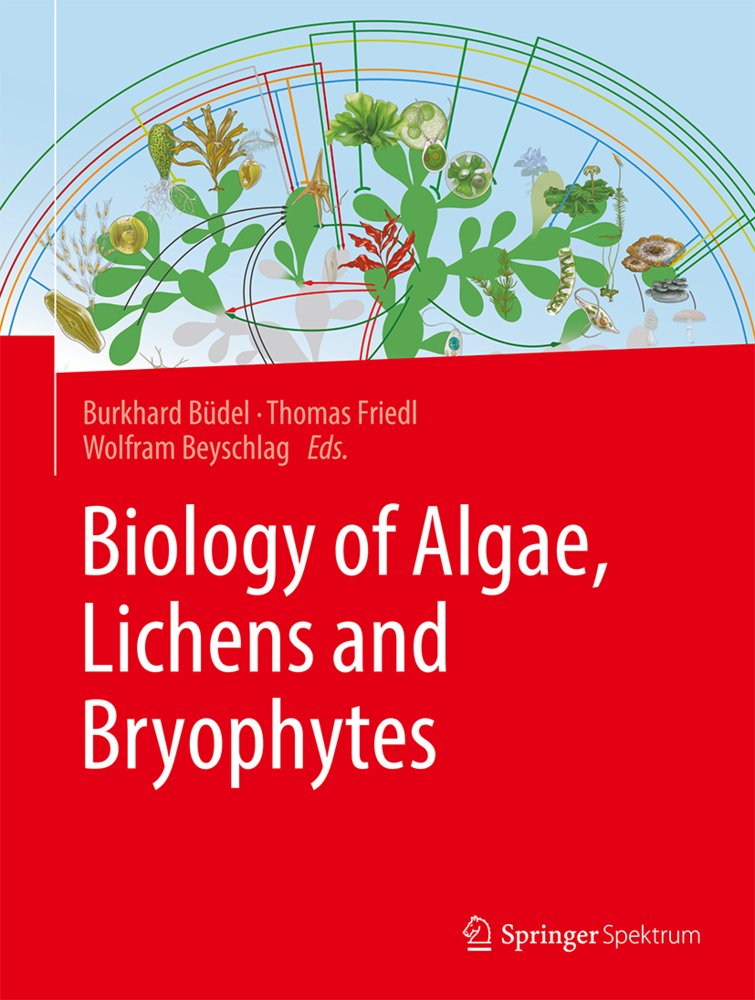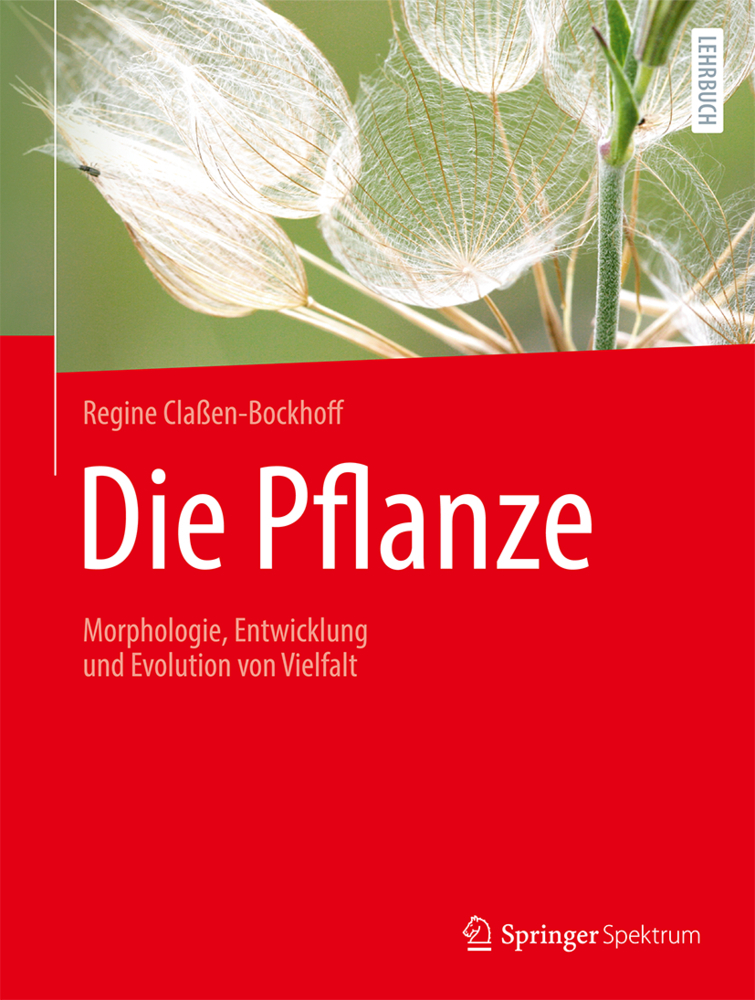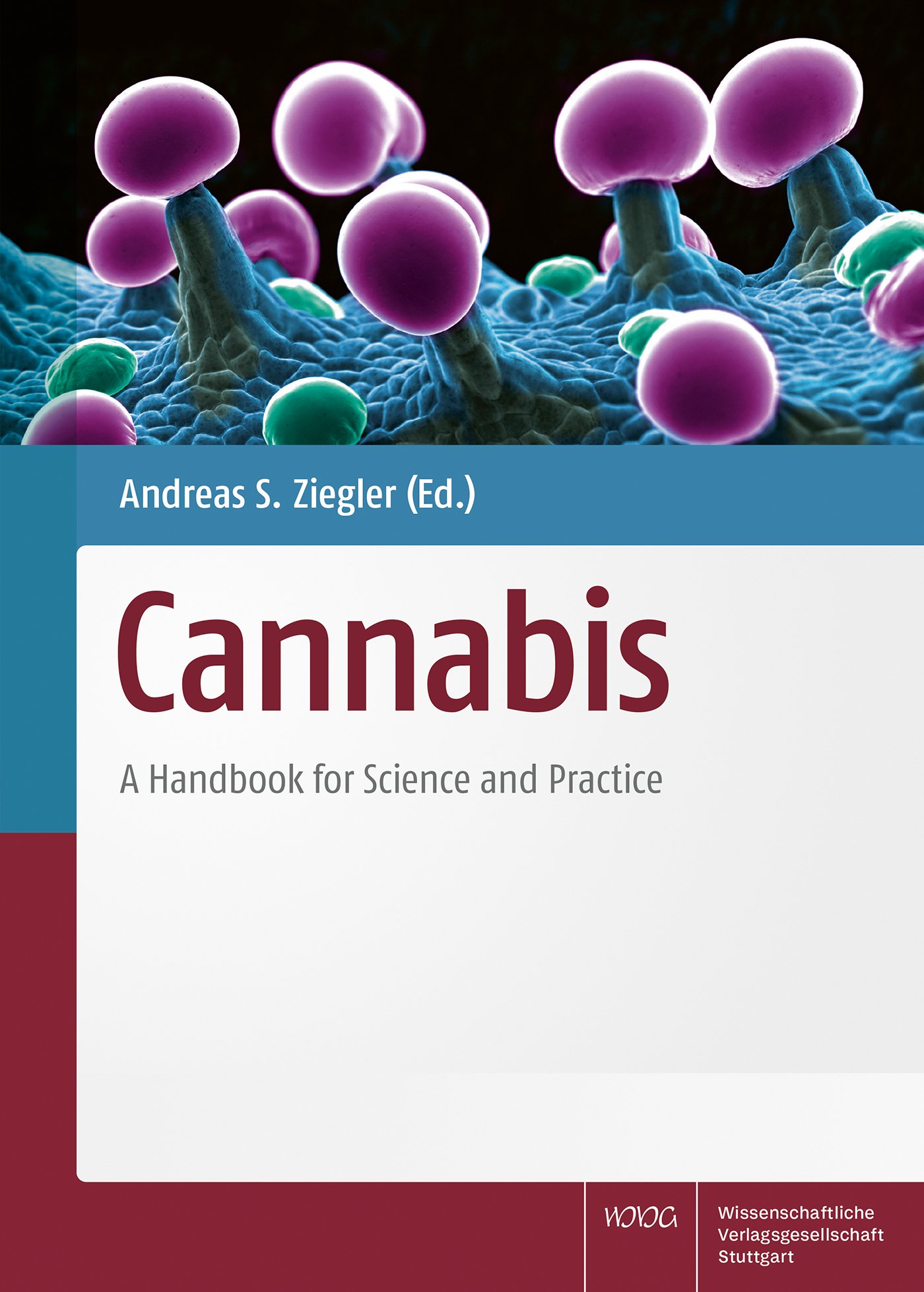Analog zu dem bekannten Standardwerk über Bakterien THE PROKARYOTES gibt die neue siebenbändige Reihe THE MYCOTA einen umfassenden Überblick über Pilze. Der erste Band behandelt Wachstum, Entwicklung und Fortpflanzung. Im Vordergrund stehen dabei molekularbiologische Aspekte.
1;Series Preface;7 2;Addendum to the Series Preface;10 3;Volume Preface to the First Edition;11 4;Volume Preface to the Second Edition;13 5;Contents;15 6;List of Contributors;17 7;Vegetative Processes and Growth;20 7.1;1 Morphogenesis: Control of Cell Types and Shape;21 7.1.1;I. Introduction Cell Types and Cell Shapes: a Diverse Array of Form;21 7.1.2;II. Polarity;21 7.1.3;III. Septation;35 7.1.4;IV. Conclusions;35 7.1.5;References;35 7.2;2 Organelle Inheritance in Yeasts and Other Fungi;39 7.2.1;I. Introduction;39 7.2.2;II. Cytoskeletal Organization and Function in Organelle Movement and Inheritance;40 7.2.3;III. Nuclear Migration in Fungi;42 7.2.4;IV. Organelle-Speci.c Inheritance in Fungi;43 7.2.5;V. Conclusions;50 7.2.6;References;50 7.3;3 Mitosis in Filamentous Fungi;55 7.3.1;I. Introduction;55 7.3.2;II. Fungal Mitosis;55 7.3.3;III. Regulation of Mitotic Entry;57 7.3.4;IV. Regulation of Mitotic Exit;59 7.3.5;V. Mitotic and Post-Mitotic Functions of Motor Proteins;61 7.3.6;VI. Coordination of Mitotic Events in a Multinucleate Hyphal Cell;62 7.3.7;VII. Coordination of Mitosis with Branch Formation;63 7.3.8;VIII. Regulation of Mitosis in Response to DNA Damage and Replication Stress;63 7.3.9;IX. Regulation of Mitosis in Response to Spindle Damage;65 7.3.10;X. Future Challenges;65 7.3.11;References;66 7.4;4 ApicalWallBiogenesis;70 7.4.1;I. Introduction;70 7.4.2;II. General Overview of Apical Growth;70 7.4.3;III. Chemical Composition of Fungal Walls;72 7.4.4;IV. Biosynthesis of Fungal Walls;73 7.4.5;V. Wall Modi.cations During Wall Expansion;77 7.4.6;VI. Apical Gradient in Wall Synthesis;79 7.4.7;VII. Passage of Proteins Through the Hyphal Wall;81 7.4.8;VIII. Conclusion;83 7.4.9;References;84 7.5;5 The Fungal Cell Wall;90 7.5.1;I. Introduction;90 7.5.2;II. Cell Wall: Composition and Organisation;91 7.5.3;III. Polysaccharide Biosynthesis;97 7.5.4;IV. Polysaccharide Remodelling;104 7.5.5;V. Cell Wall Biosynthesis, Environmental Stress and Signal Transduction Pathways;106 7.5.6;VI. Perspectives;111 7.5.7;References;112 7.6;6 Septation and Cytokinesis in Fungi;122 7.6.1;I. Introduction;122 7.6.2;II. Selecting Sites of Septation;123 7.6.3;III. Protein Complexes at Septal Sites;127 7.6.4;IV. Dynamic Contraction of the Acto- Myosin Ring and Chitin Synthesis Lead to Septum Formation;130 7.6.5;V. Coordination of the End of Mitosis with Cytokinesis;133 7.6.6;VI. Conclusions;133 7.6.7;References;134 7.7;7 Re-Wiring the Network: Understanding the Mechanism and Function of Anastomosis in Filamentous Ascomycete Fungi;139 7.7.1;I. Introduction;139 7.7.2;II. Germling Fusion;141 7.7.3;III. Hyphal Fusion;141 7.7.4;IV. Mechanistic Aspects of Anastomosis;142 7.7.5;V. Anastomosis Mutants in Filamentous Fungi of Unknown Function;149 7.7.6;VI. Physiological and Morphogenetic Consequences of Anastomosis;150 7.7.7;VII. Conclusion;151 7.7.8;References;151 7.8;8 Heterogenic Incompatibility in Fungi;156 7.8.1;I. Introduction;156 7.8.2;II. Barrage Formation;157 7.8.3;III. Heterogenic Incompatibility in;159 7.8.4;the Ascomycete;159 7.8.5;IV. Further Examples of Heterogenic Incompatibility;162 7.8.6;V. Correlations with Heterogenic Incompatibility in Plants and Animals, with DNA Restriction in Bacteria and with Histo- Incompatibility;172 7.8.7;VI. Conclusions;173 7.8.8;References;174 7.9;9 Programmed Cell Death in Fungi;181 7.9.1;I. Introduction;181 7.9.2;II. Do Fungi Have Apoptosis, the Type I Programmed Cell Death?;182 7.9.3;III. Heterokaryon Incompatibility;186 7.9.4;IV. Ubiquitin-Proteasome System and Apoptosis;186 7.9.5;V. Mitochondria, Oxidative Stress, and Regulation of Apoptosis;187 7.9.6;VI. Autophagy and the Type II Programmed Cell Death;192 7.9.7;VII. Meiotic Apoptosis;194 7.9.8;VIII. Conclusion;196 7.9.9;References;196 7.10;10 Senescence and Longevity;202 7.10.1;I. Introduction;202 7.10.2;II. Senescence Syndrome in;202 7.10.3;III. Concluding Remarks;209 7.10.4;References;210 8;Signals in Growth and Development;214 8.1;11 Autoregulatory Signals i
Esser, Karl
Lemke, Paul A.
Wessels, Joseph G. H.
Meinhardt, Friedhelm
| ISBN | 9783540281351 |
|---|---|
| Artikelnummer | 9783540281351 |
| Medientyp | E-Book - PDF |
| Auflage | 2. Aufl. |
| Copyrightjahr | 2006 |
| Verlag | Springer-Verlag |
| Umfang | 449 Seiten |
| Sprache | Englisch |
| Kopierschutz | Digitales Wasserzeichen |

